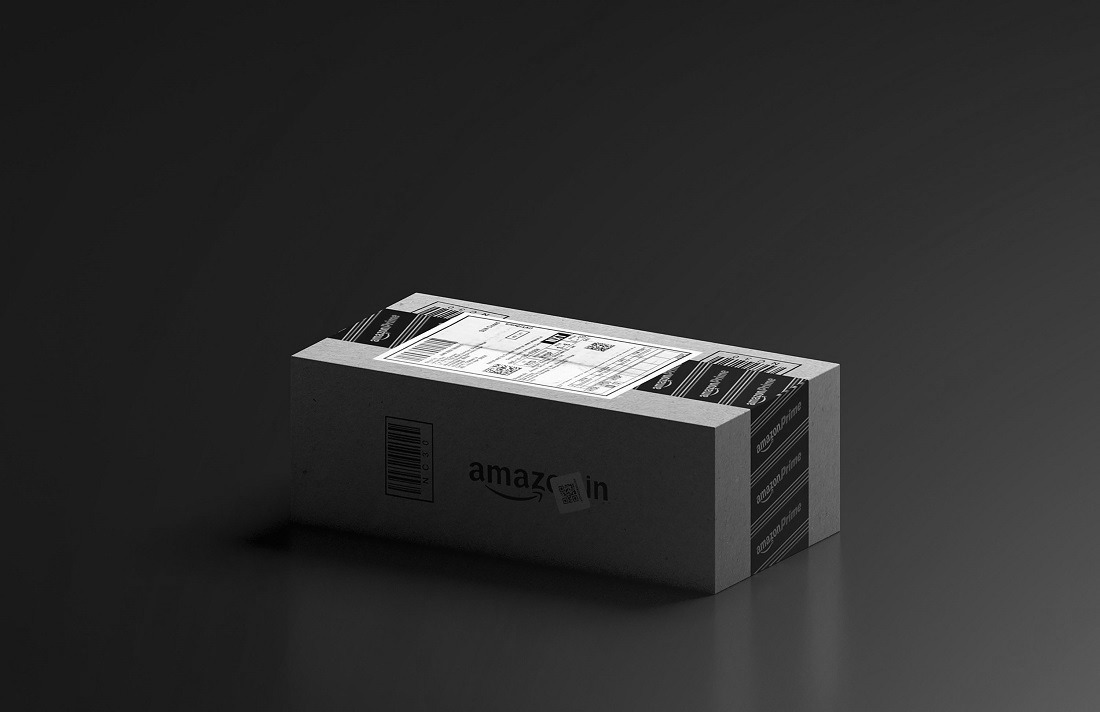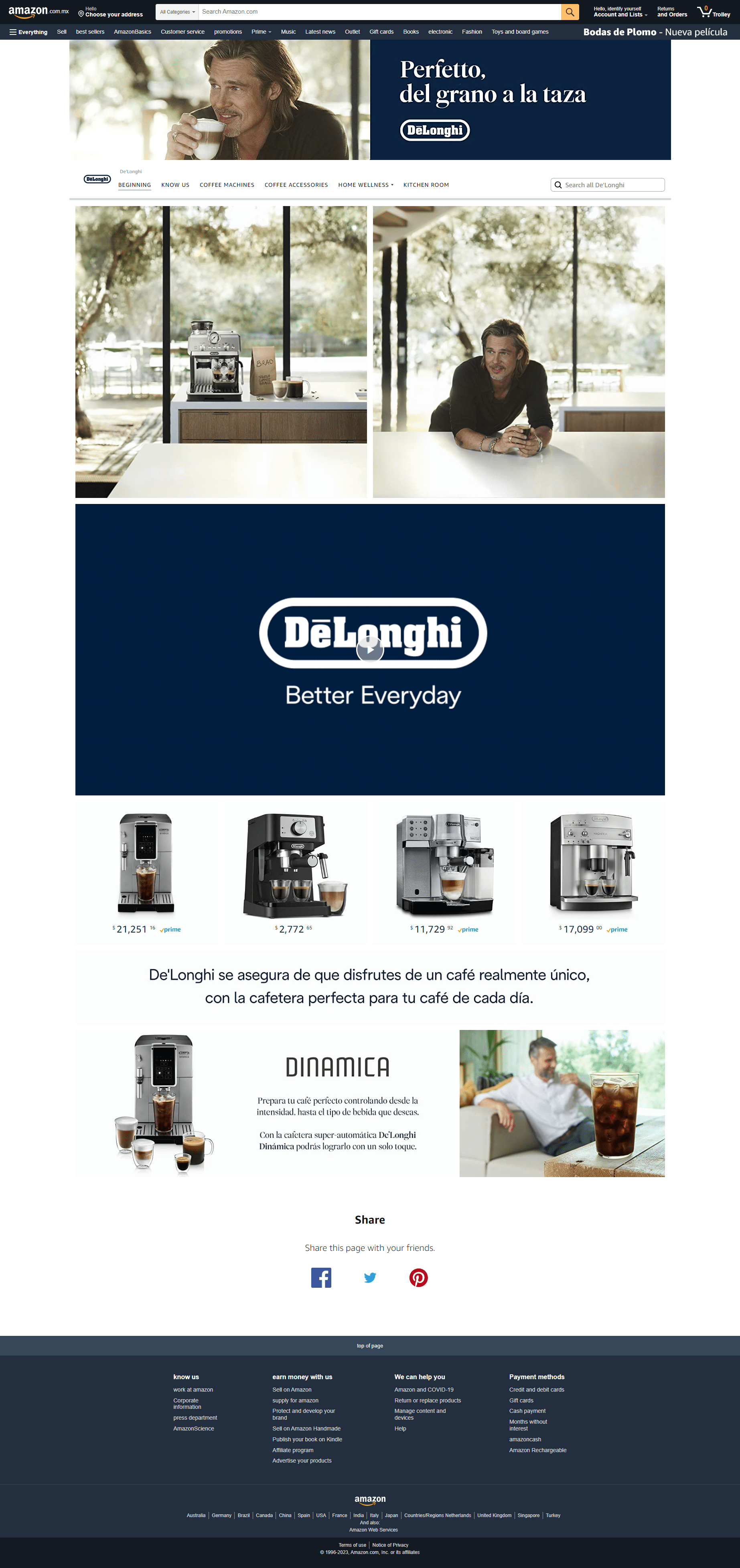Amazon PDP key elements
Creating a decent PDP on Amazon is not difficult. Amazon publishes blogs and guidance on what “good” looks like. The most important elements of the PDP are:
- 1. Product Title
- 2. Reviews
- 3. In Stock
- 4. Delivery Promise
- 5. Buy Box
- 6. Product Features
- 7. Variations
- 8. Images and Videos
- 9. Product Description (Bullet points above the fold. Long Description up to 2,000 characters, below the fold).
- 10. Hidden Keywords (non-consumer facing keywords)
It’s clear is that good content plays a significant part in the Amazon flywheel.


Amazon PDP Product Title & Description Optimization
The title of a PDP is extremely important and it’s not as simple as just explaining what the product is. It’s crucial to use the characters you have available (up to 200 characters for desktop and 70 characters for mobile) to reflect the unique selling points of the product, but just as important are the search terms potential customers are using.
Key product features live above the fold and should be made up of five bullet points, each containing around 200-250 characters. A separate Product Description exists below the fold and can contain up to 2,000 characters. The secret to success is working out what to say. Marketplace SEO tactics can help here, but another rich source is mining customer reviews. At IPG Mediabrands Commerce, we do this objectively and at scale using our Topic tool.

Amazon Product Page Image Strategy
There is a direct correlation between image quality/quantity and Amazon product organic rankings and sales. Key drivers of success are:
- A pure white background
- Showing the product in and out of the packaging
- The main product images should fill the majority of the frame (at least 80%)
- Consider contextual shots – for example showing customer usage. The image opposite reflects that this Lego set is appropriate for adults.
Amazon Customer Reviews & Star Ratings
Although brands clearly can’t write their own reviews, they are still a vital aspect of content. A product with no reviews/ratings will struggle to get visibility on Amazon. Why does Amazon care so much about reviews and demote products that have a small number and/or negative reviews? Because customers care. Amazon’s own research notes that 55% of users cite helpful customer reviews as a reason they start their path to purchase on Amazon. 91% of Amazon shoppers would not consider purchasing a product that received less than 3 stars.
Of course, the more positive reviews the better, but as a minimum, products tend to need >15 reviews and >3.5 stars for the Amazon algorithm to take any notice.
Brands also need to ensure timely and well-considered responses to reviews and Q&As. As well as having the potential to help conversion, they also can help with Amazon SEO and supply valuable insights for a product as well as PDP development.
Amazon has two programs to help brands get more reviews– those using Vendor Central can use the Amazon Vine program and those using Seller Central can use the Early Reviewer Program.

Amazon A+ Content

Amazon A+ content, as the name suggests, is Amazon’s premium PDP offering. The pages are more immersive, have a more ‘brand controlled’ feel, and provide additional options like ‘compare product features’ for other products in the brand’s catalog. Availability, features, and costs vary depending on whether you have Vendor or Seller status, but there is no doubt that a perfect A+ PDP tends to perform better than a perfect standard PDP.
A+ PDPs can add huge value. However, the pages take time, effort, and money to curate. Given this, brands that have thousands of SKUs have a tough decision to make – which products deserve the A+ treatment? While brands can simply look at the best sellers, we recommend a more robust approach that considers not only today’s performance but potential performance. For example, if an A+ page helps move a product from page 2 to page 1, or position 5 to position 2, the commercial difference could be material.
At IPG Mediabrands Commerce we have the tools, talent, and retail skills to help design perfect A+ content, as well as help brands work out which products would likely drive the highest commercial returns.
Brand Store Content
While we may think of Amazon as a place where customers go to buy products they already have in mind, Amazon suggests that, in fact, 80% of shoppers use the platform to discover new products or brands.
Product pages, by their nature, need to be functional and explain to the customer exactly what is on offer. Brand Store pages, however, are great at reinforcing brand promises to help convince and convert new-to-brand customers. The pages are flexible and often used to curate a collection of some of the best-selling products or new releases. Best-in-class pages tend to contain:
- Highly immersive video and imagery
- Content that reflects the customer’s lifestyle and products being used in a natural setting
- Brand promises and commitments, such as warranty periods and environmental credentials
- Answers to the most common questions
- And most importantly, regularly refreshed content
At IPG Mediabrands Commerce we can create best-in-class Brand Stores, audit what you have, and supply ongoing optimization.

Want to Learn More?
Our dedicated team includes specialists from the retail world and leading global marketplaces. This wealth of commerce experience helps us drive crucial profitability for your brand.

